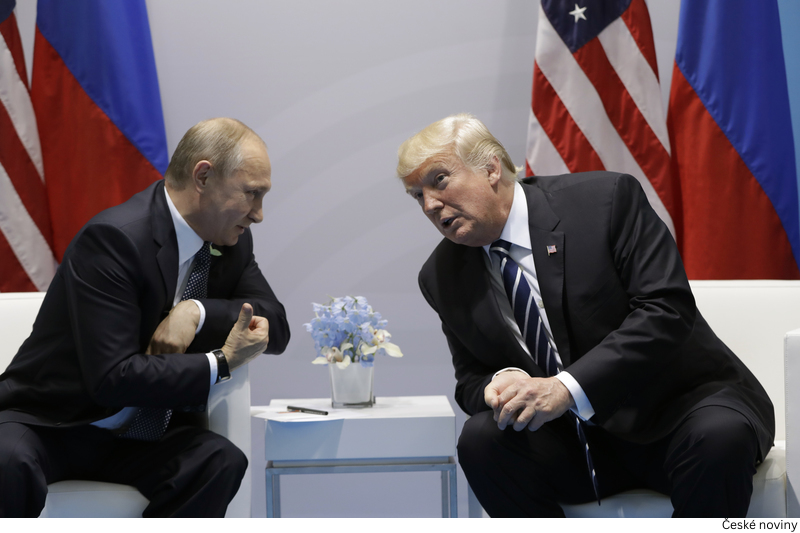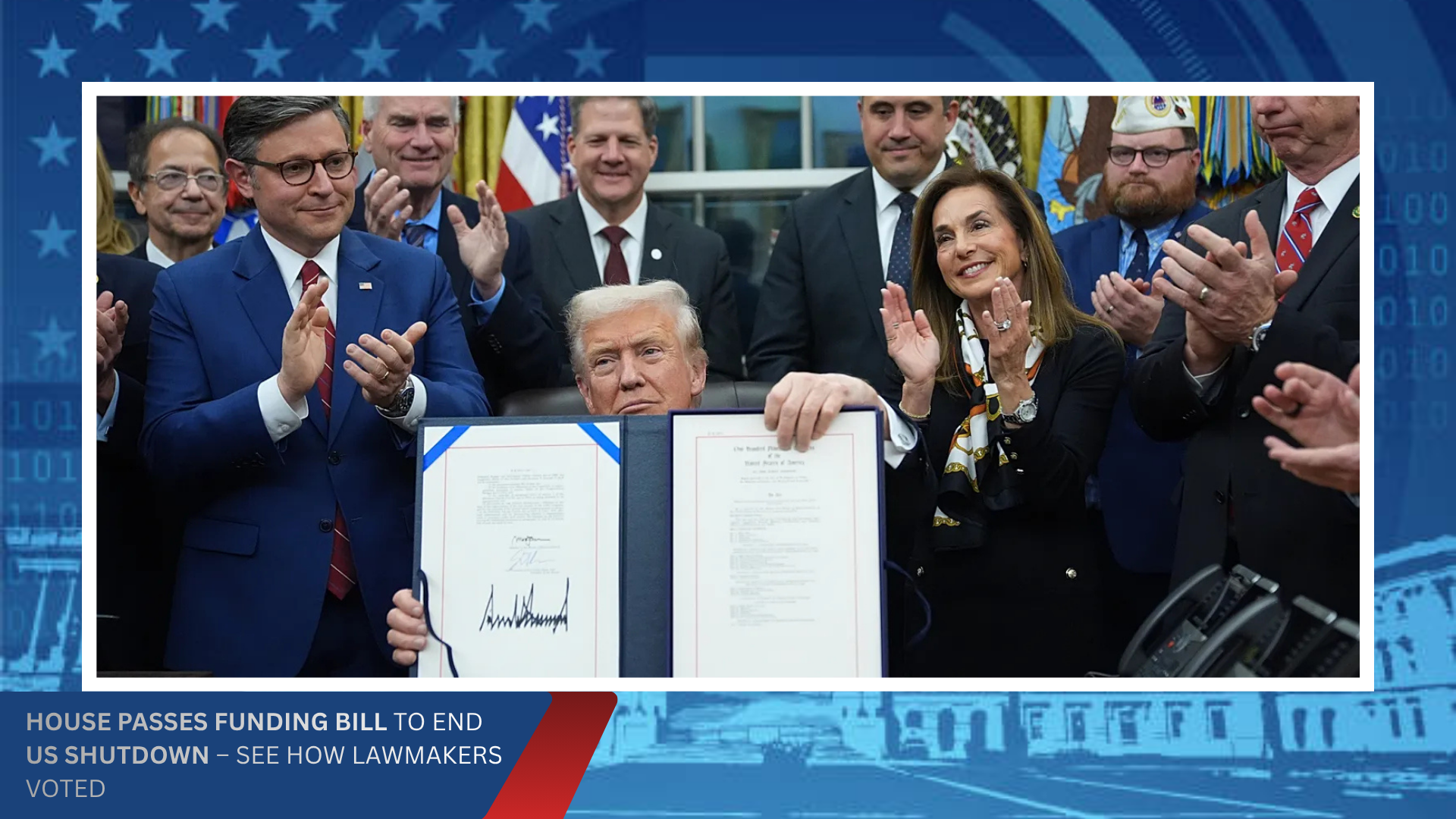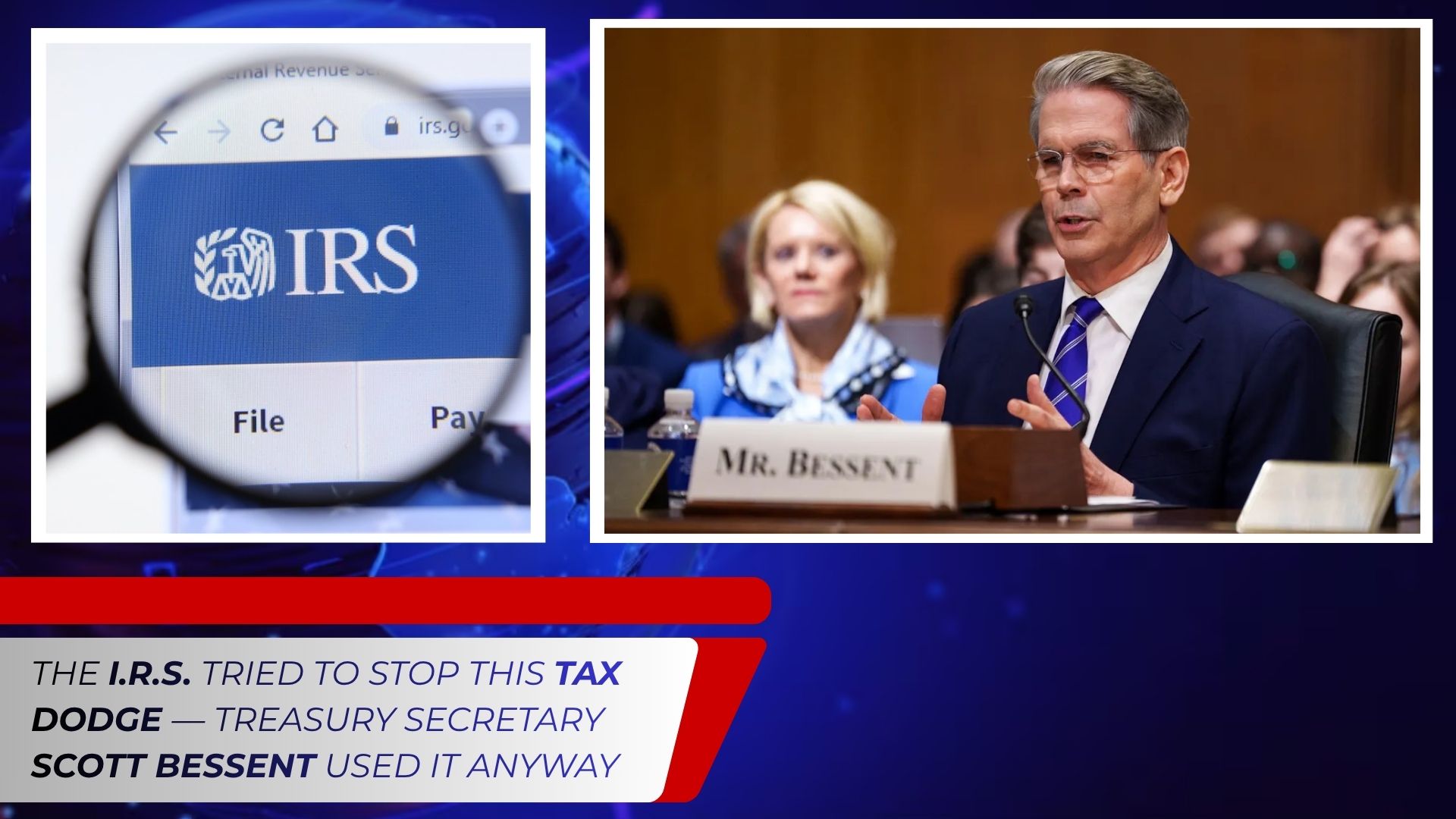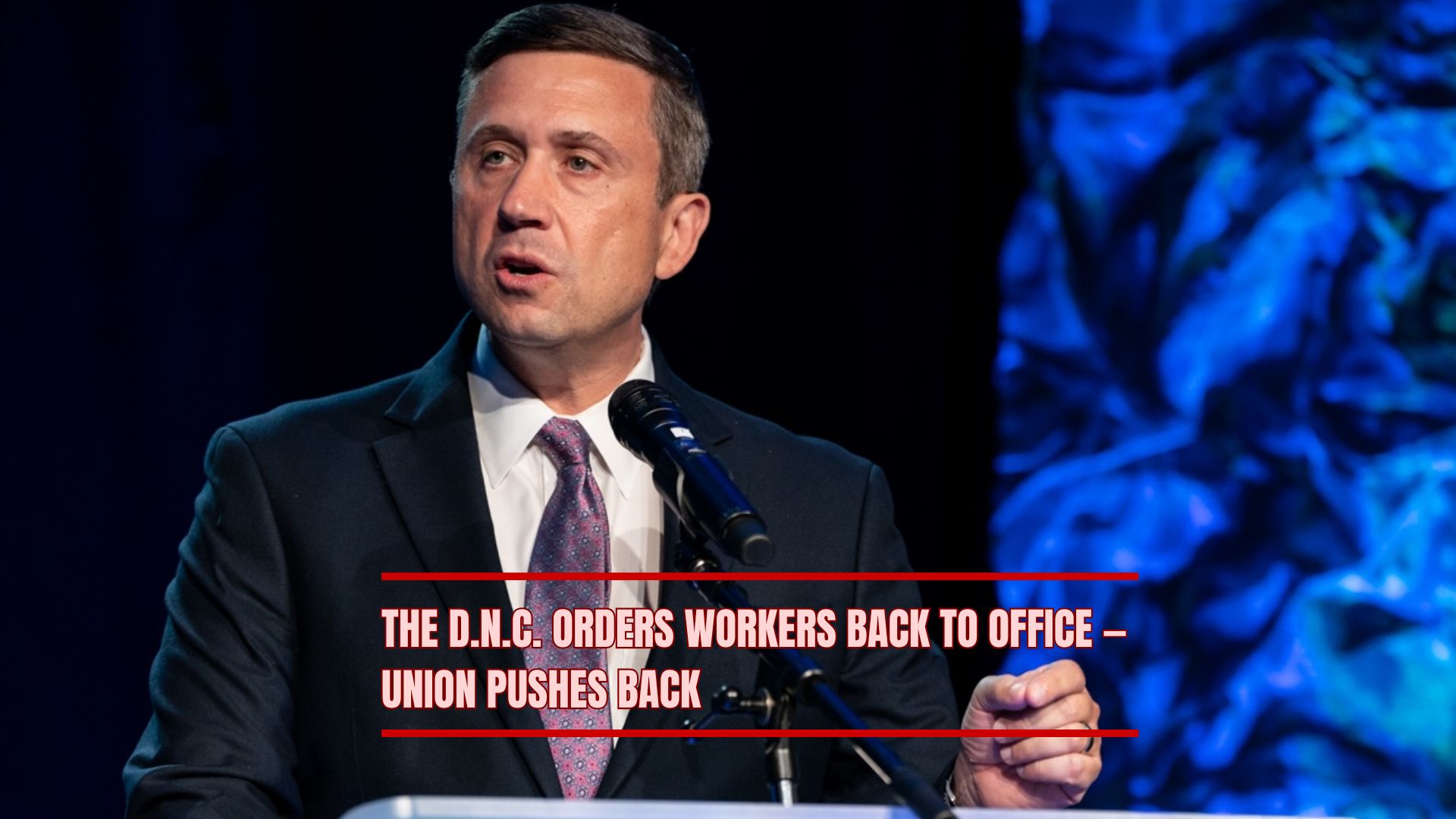Welcome back to Politics Chat, where we break down the week’s most talked-about developments in Washington and beyond — the decisions, dramas, and debates shaping America’s political landscape.
This week, the nation’s attention was split between three stories that, at first glance, might seem unrelated: the planned East Wing demolition at the White House, new U.S. sanctions on Russia, and the growing storm over redistricting in multiple states. But together, they tell a larger story about the changing architecture of power — both literal and political.
1. The East Wing Faces the Wrecking Ball — and Symbolism Runs Deep
The East Wing of the White House — home to the First Lady’s offices and a hub for ceremonial events — is slated for partial demolition and renovation, sparking both logistical headaches and political symbolism.
The official explanation is simple: aging infrastructure, outdated systems, and the need for modernization. According to the White House Facilities Office, the project will replace decades-old mechanical systems, improve security, and expand accessibility. Construction is expected to begin early next year, with staff temporarily relocated.
But in Washington, few things are just about maintenance. The East Wing is not merely a workspace — it’s a stage where tradition, symbolism, and soft power converge. From Eleanor Roosevelt’s press conferences to Michelle Obama’s education initiatives, the space has historically served as the public face of the presidency’s human side.
Critics are already questioning the timing and transparency of the project. Some conservatives accuse the administration of using “renovation” as an excuse for rebranding, while others suggest the move underscores the growing trend of executive overreach — even in symbolic spaces. “The East Wing is about connection and public engagement,” said one former White House aide. “If you start tearing it down, you risk sending the message that access and openness are being rebuilt on the government’s terms.”
Supporters counter that modernization is long overdue. The East Wing was last extensively renovated decades ago, and persistent reports of electrical and HVAC issues have made it increasingly impractical. Still, the optics of demolition at a time of political division invite easy metaphors — about tearing down old traditions, rebuilding the presidency, and reshaping how Americans see their leaders.
2. Sanctions Tighten on Russia — But Questions Remain About Impact
Across the Atlantic, the U.S. has rolled out another round of sanctions against Russia, targeting financial institutions, defense contractors, and energy-sector intermediaries linked to Moscow’s ongoing war in Ukraine.
The sanctions, announced jointly with European allies, aim to cripple the Kremlin’s ability to finance its military operations and to send a clear signal that Western resolve remains strong. Treasury Secretary Janet Yellen called the new measures “one of the most comprehensive financial clampdowns to date.”
But even as Washington touts the move, analysts warn that the effectiveness of sanctions may be hitting a plateau. Russia has adapted by deepening trade ties with China, India, and other non-Western economies, creating alternative payment systems and exploiting loopholes in global markets.
“The sanctions war is turning into an endurance test,” said Fiona Mendez, a senior fellow at the Atlantic Policy Institute. “The question isn’t whether they’re hurting Russia — they are — but whether they’re changing its behavior.”
Domestically, the sanctions have also reignited debate over the limits of U.S. foreign policy tools. Some lawmakers on Capitol Hill have pressed the administration to go further, including sanctioning third-party nations that enable Russian trade. Others warn that such moves could backfire, driving neutral countries further from the West and accelerating the emergence of a parallel global economy.
For now, the administration is walking a delicate line: maintaining pressure on Russia while managing the economic ripple effects at home and abroad. The political calculus is clear — no president wants to appear weak on Moscow — but the long-term strategic challenge remains unresolved.
3. Redistricting Wars Rekindle Across the States
Back home, the battle over redistricting is heating up again. Following a string of court rulings in states like Indiana, Georgia, and North Carolina, legislatures are being forced back into session to redraw congressional maps that judges say unfairly favored one party.
Indiana Governor Mike Braun has already called a special legislative session to address the state’s maps after a federal court flagged potential Voting Rights Act violations. Similar scenarios are unfolding elsewhere, as courts scrutinize maps that may dilute minority voting power or entrench partisan advantages.
In North Carolina, the state Supreme Court recently reinstated maps drawn by a Republican-led legislature, reversing a previous decision that deemed them unconstitutional. Democrats blasted the move as “judicial gerrymandering,” while GOP lawmakers defended it as “restoring legislative authority.”
Meanwhile, in Georgia, voting rights groups have renewed legal challenges over congressional districts that they argue split Black communities to weaken their political influence. “This is not just a fight over lines on a map,” said Aisha Thompson, a voting rights attorney in Atlanta. “It’s about whether democracy reflects the people or manipulates them.”
The redistricting battles illustrate how deeply political geography has become intertwined with power. The process, once an obscure bureaucratic exercise, now defines the competitive landscape of American politics. With control of Congress often hinging on just a handful of districts, every line carries enormous stakes.
Political scientists warn that hyper-partisan map-drawing fuels polarization by creating “safe seats” where lawmakers cater to their bases rather than building consensus. “If you can’t lose, you don’t have to listen,” said Dr. James Carroll of the University of Indiana. “That’s how compromise dies.”
The special sessions and lawsuits will play out through the end of the year, setting the stage for a contentious 2026 election cycle. For voters, the outcomes may determine not just who represents them, but whether their votes truly matter.
The Bigger Picture: Building, Punishing, and Rebuilding Power
From tearing down the East Wing to tightening sanctions and redrawing district lines, this week’s stories share a common thread: reconstruction. Whether it’s a building, an international order, or the political map of a state, power in 2025 is about redefining the foundations of control.
Renovations, sanctions, redistricting — they’re all acts of reshaping the world to match political will. The challenge, as always, is whether that reshaping brings renewal or simply retribution.
%20(4).png)








